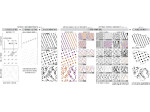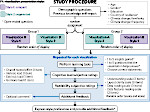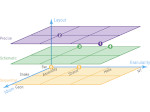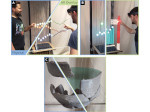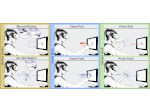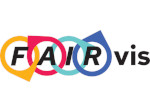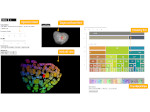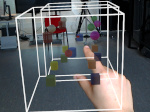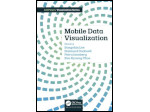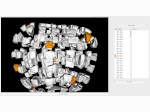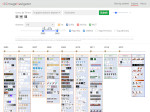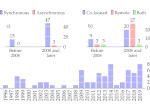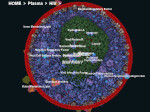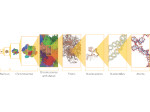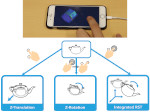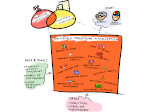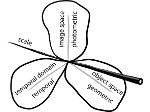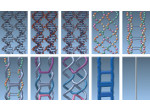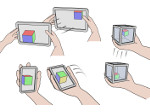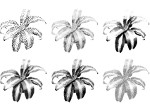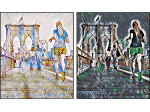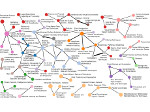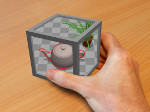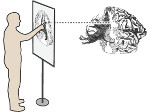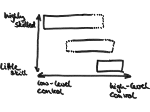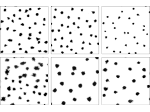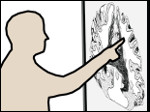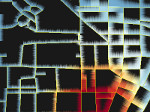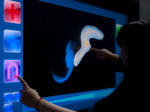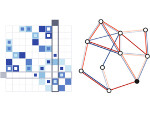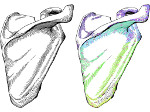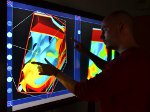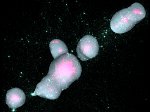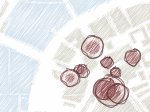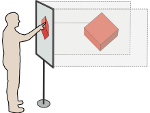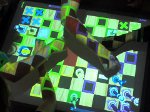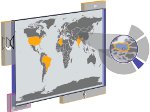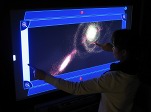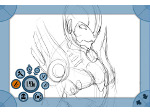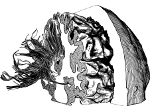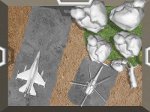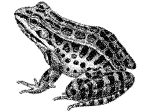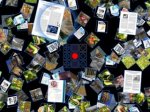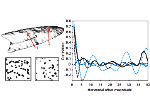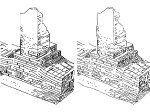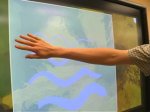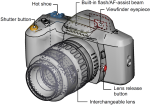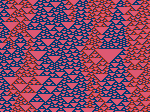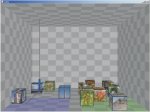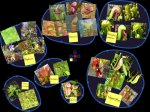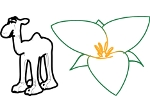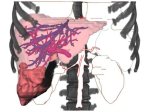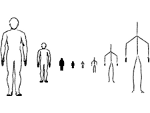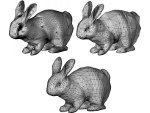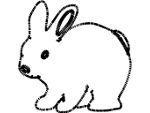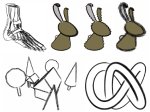G-Strokes: A Concept for Simplifying Line Stylization
Description:
In most previous NPR line rendering systems, geometric properties have been directly used to extract and stylize certain edges. However, this approach is bound to a tight stylization of strokes as the focus lies on the edge extraction. Styles are applied to the currently extracted edges, making it necessary to re-do certain computations whenever several different styles are to appear concurrently in the same rendition. Consequently, the generation of renditions is often constrained to one or two styles to keep computational cost low. To broaden the possibilities of generating highly expressive line drawings we introduce the concept of G-strokes. In contrast to the above-mentioned approach, we propose to keep all edges and to extract the geometric properties instead. According to these properties, one style could be applied to a particular set of edges and another style could be applied to another set of edges without having to extract the designated edges anew. This makes it easy to enrich the set of line stylization means, allowing more freedom and creativity for generating varied line drawings. We show a number of possible G-strokes using both simple and complex examples to demonstrate the power of our approach.
Paper download:  (3.4 MB)
(3.4 MB)

Demo:
Some of the G-strokes effects can be seen in our demo (Win32, 26.0 MB).
Main Reference:
| Tobias Isenberg and Angela Brennecke (2006) G-Strokes: A Concept for Simplifying Line Stylization. Computers & Graphics, 30(5):754–766, October 2006. | | ||
Other References:
| Tobias Isenberg and Angela Brennecke (2005) G-Strokes: A Concept for Simplifying Line Stylization. Technical report 2005-780-11, Department of Computer Science, University of Calgary, April 2005. Also see the article in Computers & Graphics. | | ||
This work was done at the Department of Simulation and Graphics at the University of Magdeburg, Germany.
